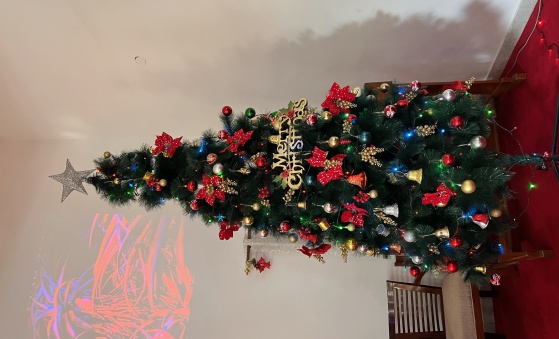In November 2017, the Museum of the Bible opened in Washington DC. Last week I visited – with rather low expectations. I had visions of Praiseland from The Simpsons – a Bible-inspired theme park replete with kitsch and clichés such as a ride where a David animatronic robot would read all of the 150 psalms to you. And all while you were locked in a carriage wearing tacky merchandise emblazoned with weird and wonderful verses.
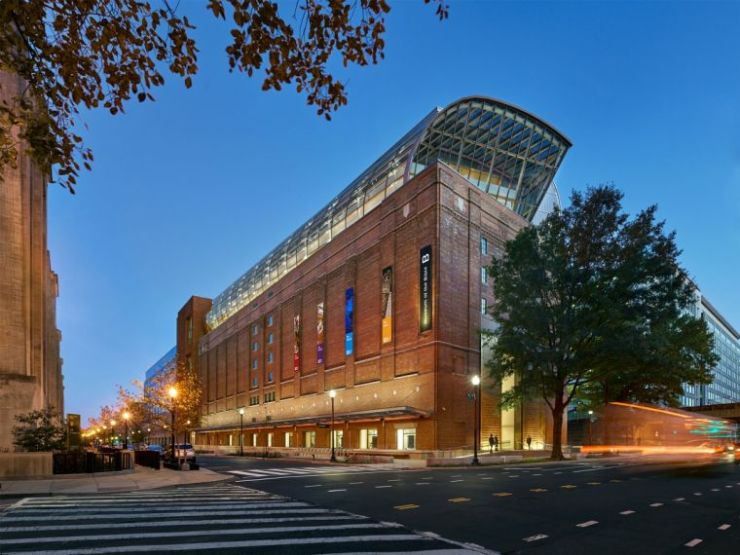
I also had the suspicion that I was going to be angry at a phenomenal waste of money. Rumours estimated $1 billion were spent on the purchase and refitting of the building, and on the artefacts and programmes. It's an occupational hazard for those us working in the charity sector on tight budgets not to resent enterprises that seem oblivious to, for example, the need to help vulnerable children around the world find loving homes.
But while travelling to the US on a trip related to my own fostering and adoption charity, I was invited to see this museum for myself.
It is only three blocks from the National Mall, the beautiful park area in the centre of Washington which is home to the Lincoln Memorial and Capitol buildings as well as the iconic 167-metre obelisk the world knows as the Washington Monument.
This area is also home to the 17 Smithsonian museums, some of which were featured in the Night of the Museum movies. This is exactly the right neighbourhood to establish a world-class museum and attract visitors from around the world.
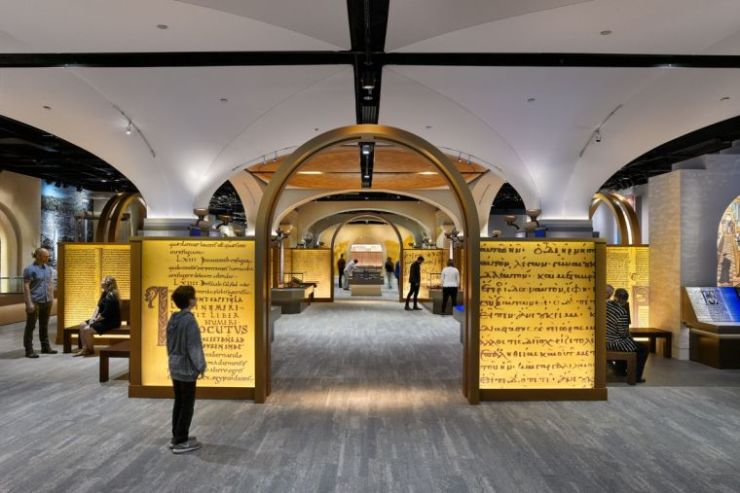
The sun was rising behind the Museum of the Bible as I approached it, projecting a striking silhouette. Reaching up some eight floors, housing 430,000 square feet of floor space, the scale of the project is certainly impressive. From its grand entrance you see the 40-foot concourse, either side of which hang two huge bronze replicas of Guttenberg's printing press plates (in Latin, backwards). From the moment you cross the threshold of the building you are symbolically being invited into the Bible and immersed in its story.
I was immediately struck by the design values – a fusion between the clean wood and glass of an Apple store and the beauty and educative commitments of National Geographic. Above my head was a 140-ft long LED screen that displayed a fabulous animated version of the ceiling of the Sistine Chapel, and, gazing up, presented me with a sense of awe as meaningful as at any of Italy's art-infused cathedrals.
The first floor invites you to explore the way that the Bible has shaped the world, from the abolition of slavery and the civil rights movement to its impact on science and technology. Indeed you can take a virtual tour (an actual fly-board ride) of DC to see some of the scriptures inscribed on public places.
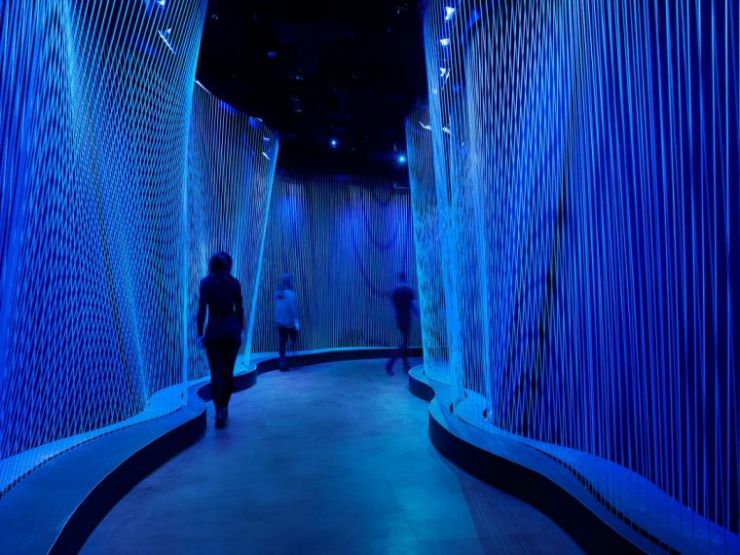
The second floor presents the story of the Bible as a separate Old Testament (Hebrew Bible) and New Testament experience. The former is told in such a way that various Jewish visitors have noted that their holy book has been honoured.
The New Testament experience includes a recreation of 1st-century Nazareth complete with actors in costume representing daily life in the time of Jesus. Next comes a superlative animated retelling of the New Testament, the best I have ever seen. The third floor looks at the history of the Bible and is replete with ancient manuscripts and biblical artefacts, all brilliantly presented for interactive learning. 'Illuminations' is an adjacent section visually representing where the Bible has been translated and how many languages are still waiting for even a portion of the Bible to be completed. It's hard to come away from that exhibit not wanting to do something to change that.
One particular artefact on the first floor struck me as symbolising the genius and the humility of the museum's design and vision. In the section about the ending of the slave trade there was an original copy of what became known as the Slave Bible, printed and produced in London in 1808. It is based on the King James Version but deliberately omits every reference in the Bible to freedom. For example, the entire book of Exodus is missing. The parts of the Bible that were kept were those that encouraged submission and acceptance. It shocked and galled me that professing Christians once knowingly and deliberately sought to manipulate people through self-serving Bible edits.
This artefact is an excellent cameo of what the museum accomplishes. It is not whitewashing the Bible, presenting a rose-tinted version of it along with societal benefits. Rather, it appropriately wrestles with the challenges and historical realities and relevancy of a book that has had widespread positive influence, both also some sinister or misguided uses.
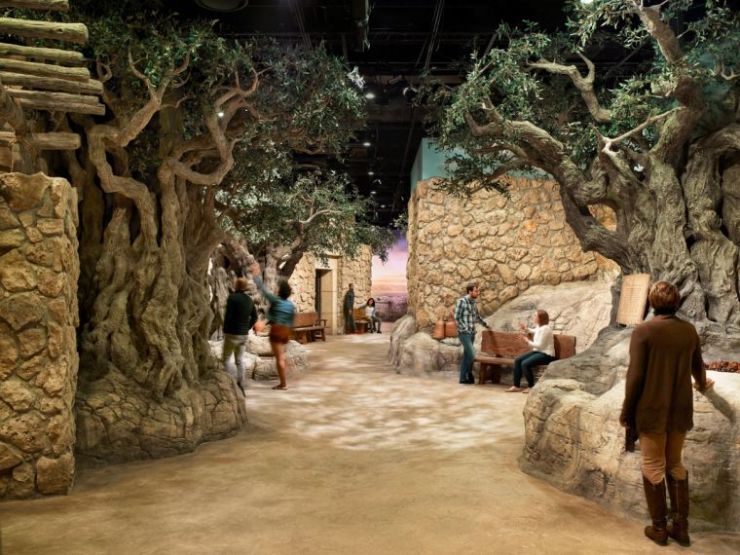
400,000 people have already been through the museum since it opened last autumn. Predictions are that around 1.7 million will visit the museum annually, with rotating exhibits for repeat visitors. I came away feeling that they will have their eyes opened to the Bible's impact and message, and that perhaps that a $1 billion museum does have a place. After all, I do not resent the vision and expense of our spiritual ancestors who built Notre Dame Cathedral in Paris over the course of a century, or Cologne Cathedral over 600 years. Hundreds of years later they are still helping people encounter something of God's magnificence.
With the quality of the experience and the numbers of people who will see the Museum of the Bible, this investment will probably help its founders to reach their goal of helping all people to engage the Bible. And from my perspective, to help many towards new or deeper faith commitments. If you are visiting DC, don't miss this treat, already heralded by many as one of the world's new gems among museums.
I have also discovered that the Museum of the Bible is planning a long-term exhibition in London later this year. You might not have to travel too far to get a taste of this excellent initiative.
Dr Krish Kandiah is the founding director of Home for Good and the founder of Books for Life.
